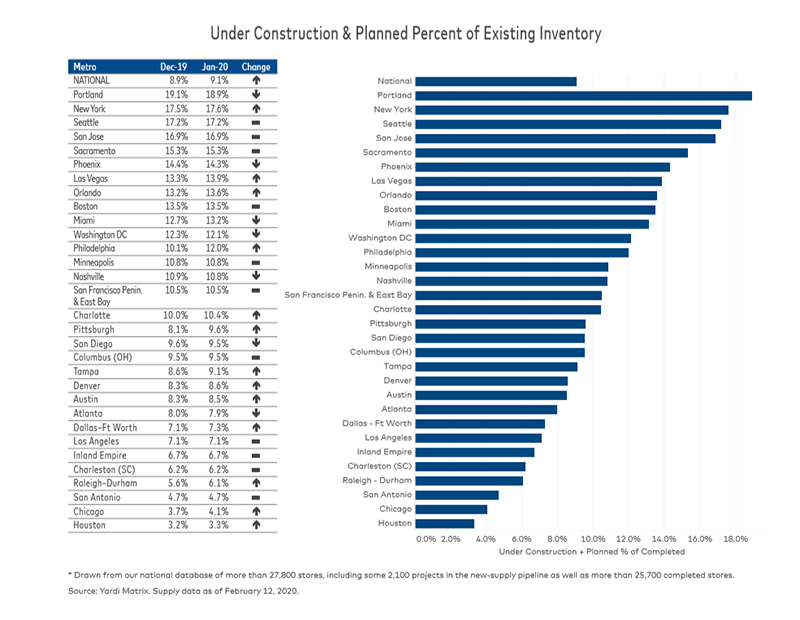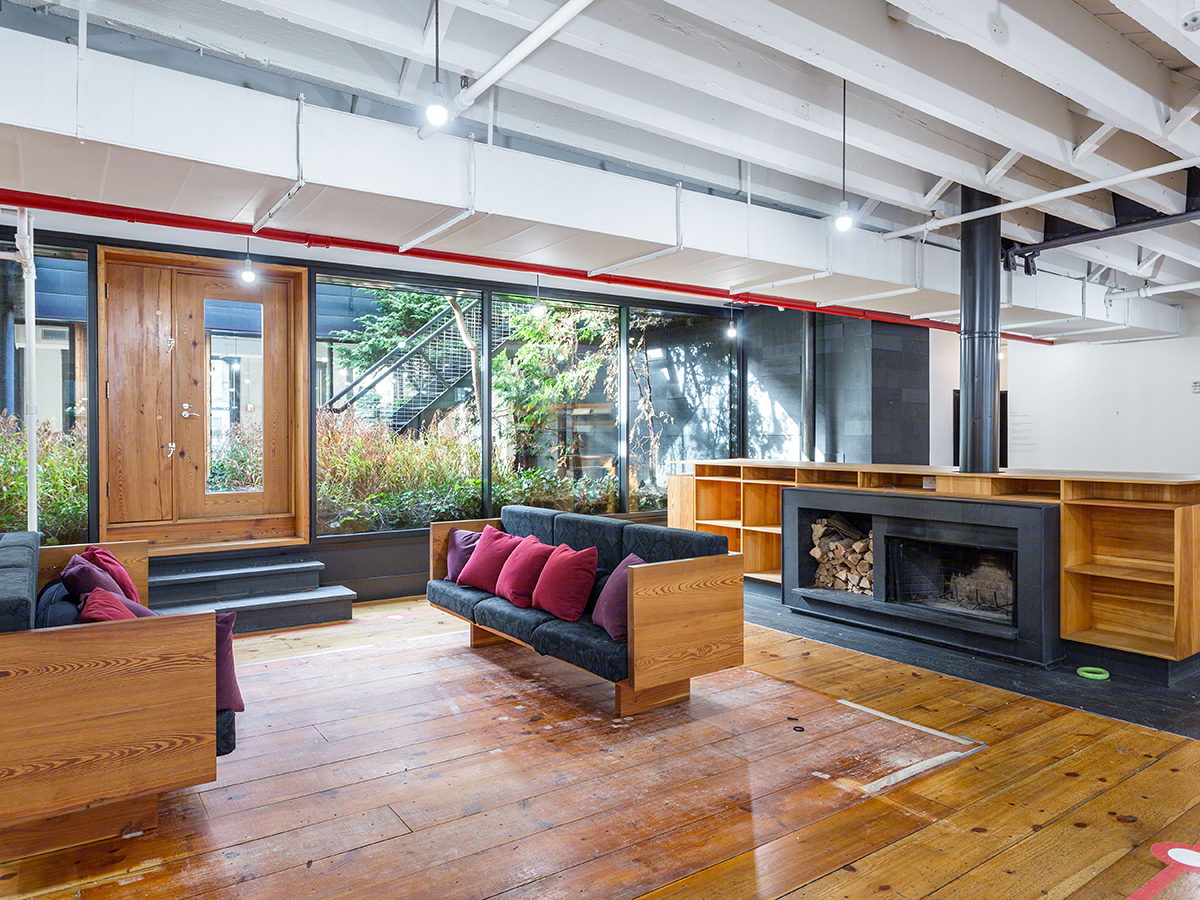Self Storage Rents Show Signs of Recovery
While street-rate rents were down 0.9 percent on a year-over-year basis, the rate actually indicates an 80 basis-point improvement compared to the previous month’s decrease of 1.7 percent.
New completions continued to negatively impact self storage rents in January. Year-over-year, street-rate rents dropped 0.9 percent for the average 10×10 non-climate-controlled and 2.3 percent for climate-controlled units of similar size. Nonetheless, as the markets started to gradually absorb newly delivered supply, the slide of street-rate rents actually slowed down by 80 and 70 basis points compared to the previous month, when rent rates decreased by 1.7 and 3 percent.
Listed rates took a step down in more than half of the top markets tracked by Yardi Matrix. Despite their low inventory, the largest declines were registered in Pittsburgh (down 7.4 percent) and Minneapolis (down 7.3 percent). The existing storage space available per capita is below the national average in both metros, at 4.7 and 5.7 net rentable square feet. By contrast, Western metros continued to perform well in terms of rent growth. In Las Vegas, street rates for the standard non-climate-controlled units have risen by 1.9 percent year-over-year.
Nationally, units under construction and in the planning stages accounted for 9.1 percent of existing stock, showing a 20-basis-point uptick month-over-month. Philadelphia and Pittsburgh had the most notable increases in development activity—the new-supply pipeline represented 12 and 9.6 percent of total inventory, up 190 and 150 basis points over the previous month. Although the existing stock per person is lower than the national average, developers should be cautious not to overbuild, as unfavorable demographic trends are still hindering growth in both cities.
Phoenix, however, is positively impacted by steady job and population growth. The metro added more than 100,000 residents from 2017 to 2018, representing an annual population increase of 2.3 percent. This growth is fueling demand for self storage, the new supply pipeline accounted for 14.3 percent of existing inventory.








You must be logged in to post a comment.